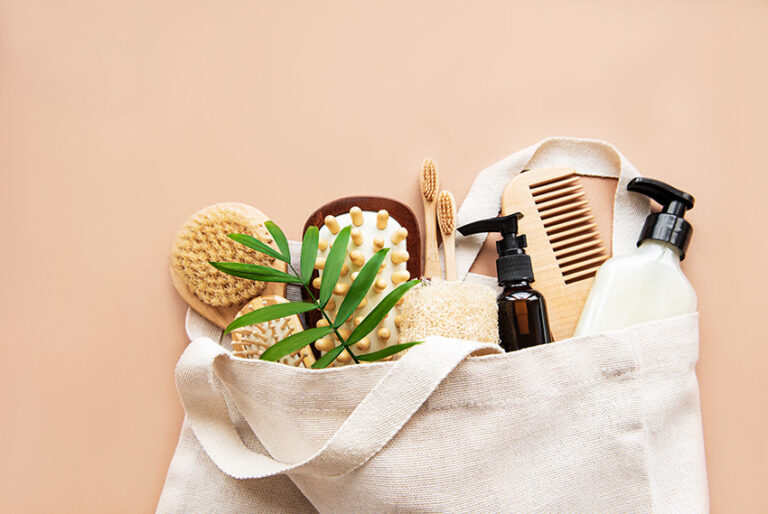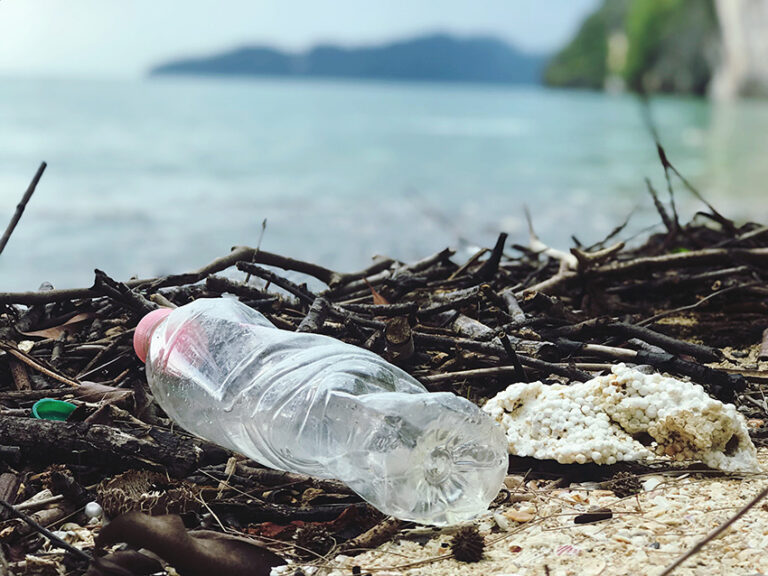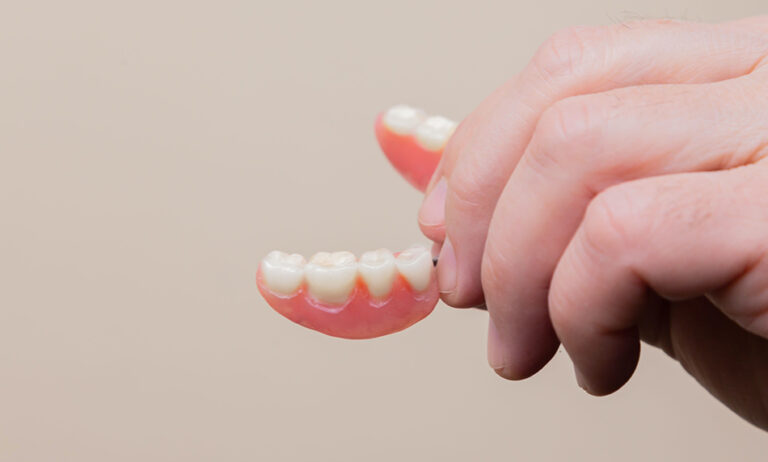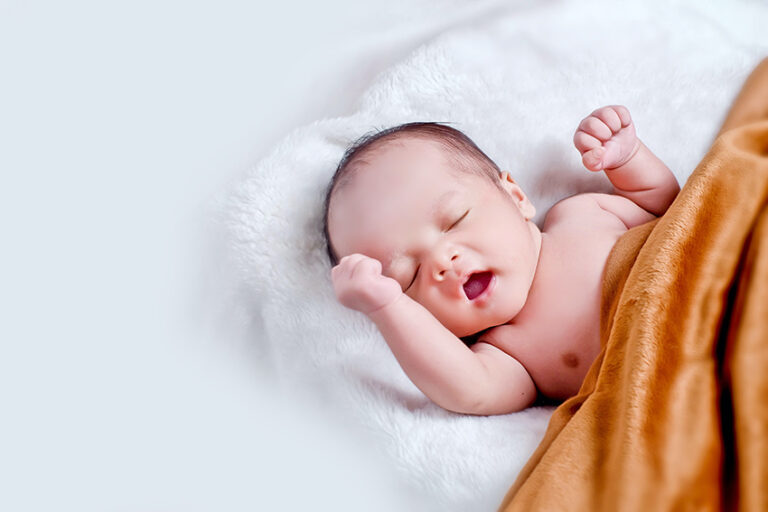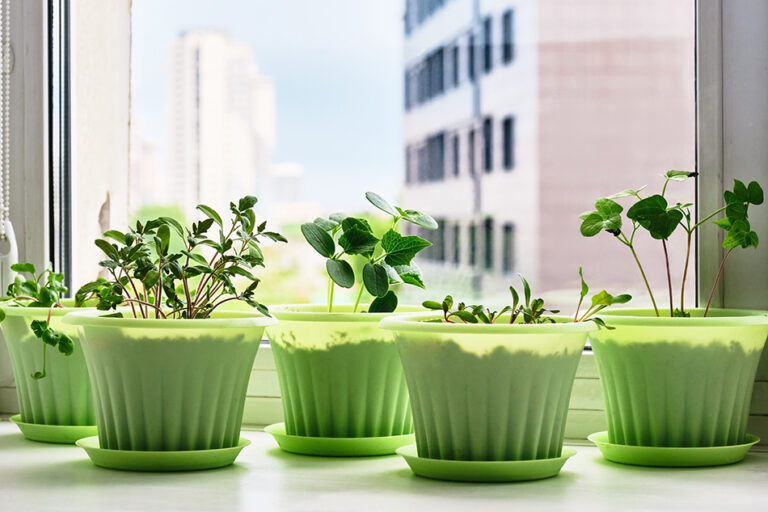When you go to the store and see products on the shelf marketed toward kids, you probably think that they’re designed to be safe for your precious little ones. Like anything else, there are chemicals in toothpaste that may be considered safe even though we don’t really understand the long-term effects. Below are some of the things found in most kids’ toothpaste and some advice for finding a better product.
Triclosan
Triclosan is in a shocking number of toothpaste for kids and adults alike. It’s actually a pesticide that companies put in their toothpaste as an antibacterial ingredient. Studies have shown that triclosan can cause endocrine problems, especially in younger kids, and it may also play a role in the creation of superbugs like MRSA, which are resistant to antibiotics and wreak havoc on the body.
Sodium Lauryl Sulfate
Sometimes called SLS, sodium lauryl sulfate is found in almost every personal care product from toothpaste to shampoo. There are well over 15,000 studies showing that SLS is toxic, but it’s still allowed to be used in these products, and it’s even in your toothpaste. Like triclosan, SLS is an insecticide that can lead to canker sores in the mouth and organ toxicity in larger amounts.
Fluoride
As a parent, you’re of the age when dentists used to push the importance of fluoride on parents and their kids. Back then, science didn’t know as much about the chemical as it does today. Fluoride-containing products now come with an FDA warning because it can cause acute toxicity and even lead to brittle bones and teeth over the course of many years. Yes, you do need some fluoride, but you get practically all you need between municipal water and other natural food sources.
Parabens
Parabens are compounds that help to extend the shelf life of toothpaste and various other hygiene products. Though it doesn’t seem quite as scary as some of the other chemicals on this list, the FDA isn’t even sure whether parabens are safe for long-term use. Some studies show that parabens disrupt hormones, and this can be seriously problematic in young children. Parabens are among a class of products that accumulate in the body over time, so for the most part, you should probably avoid it.
Saccharin
Finally, saccharin is a sweetener that has been used in children’s toothpaste for decades in order to make the taste more appealing. Though it certainly is sweet and does get kids to enjoy their toothpaste, it may be unhealthy. It has been the direct cause of cancer in lab mice, and while it hasn’t been shown to cause the same cancer in human beings, it simply isn’t worth the risk.
If you’ve been using a standard over-the-counter kids’ toothpaste, head to the cabinet and check the ingredients list. There’s a good chance that one or more of these ingredients is there. If you’re ready to make the switch to an all-natural toothpaste alternative that your kids will love – one without triclosan or fluoride or any other chemical in this list – they do exist, and they will keep your kids’ teeth just as clean as any of the brand name products out there, too.

